
- Home
- Photography Tours
- Diary / Blog
- Galleries
- Foreign Trips
- Tasmania 2016
- NE Queensland 2016
- Western Alps 2016
- NE Spain 2016
- Australia's Wet Tropics 2015
- Australia's Top End 2015
- SW Australia 2015
- Switzerland 2015
- Andalucia 2015
- Belize 2015
- Australia 2014
- Switzerland 2014
- Belize 2014
- Bahama Islands 2014
- Switzerland 2013
- Ecuador 2012-2013
- Florida 2011-2012
- Vancouver Island 2011
- Australia 2010
- Peru 2008
- Bulgaria 2007
- Lesvos 2006
- California 2006
- New Zealand 2005
- Extremadura 2005
- Goa, India 2004
- The Gambia 2003
- About
May 2014
19th May 2014
Wye NNR & Samphire Hoe, Kent, England
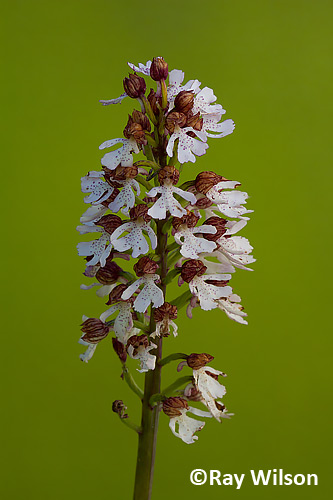
Lady Orchid (Orchis purpurea) |
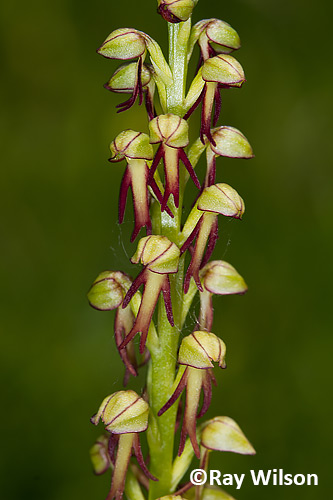
Man Orchid (Aceras anthropophorum) |
After spending the morning birding at Rye Harbour, I spent the afternoon at the nearby Wye NNR searching for rare orchids and other interesting flowers.
The star attraction of the Wye reserve is the small colony of Lady Orchids that grow in the woodlands at this site. Tragically they appear to have suffered from vandalism this year with only one flower spike surviving at the time of my visit and even this had evidence of damage to its stem! Of the remaining plants in the vicinity of the surviving spike, all appeared to have had their flower spikes cut or broken off at their base and the only evidence of their presence was the remaining basal leaves. These plants are protected by law and anyone observed damaging these orchids should be reported to the police. It would be truly disgraceful if selfish and wanton vandalism by a very small minority of people were to cause this beautiful rare orchid to disappear completely from British shores.
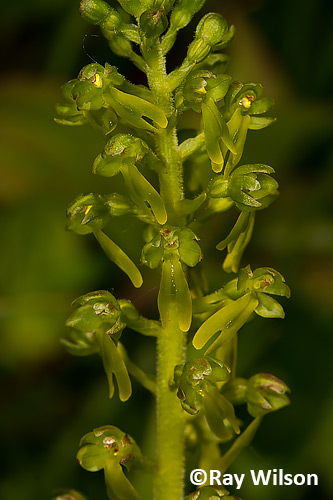 |
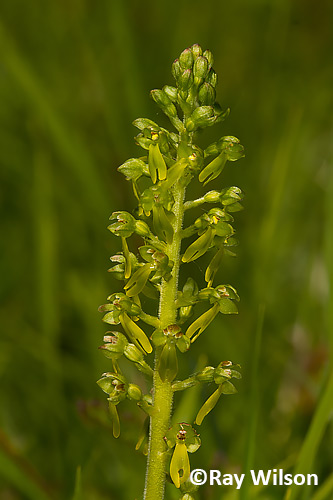 |
Common Twayblade (Listera ovata)
A little bit further up the hill, good numbers of both Man Orchid and Common Twayblade were growing side-by-side in a small clearing.
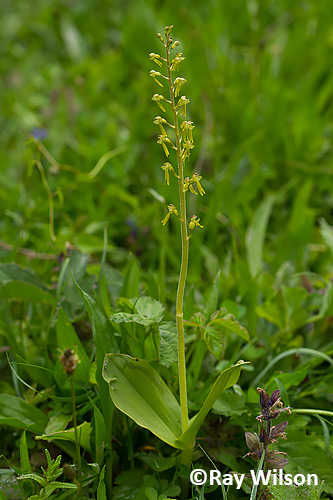
Common Twayblade (Listera ovata) |
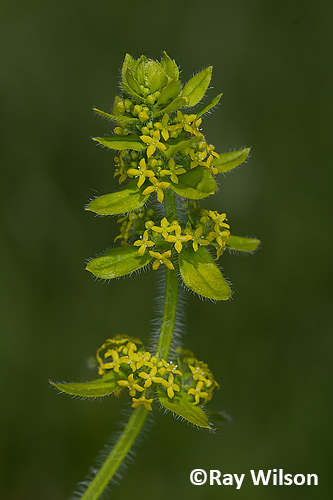
Crosswort (Cruciata laevipes) |
In the evening, I visited Samphire Hoe Country Park just to the west of Dover. This park was created from the earth excavated from the construction of the channel tunnel and rapidly became naturally colonised by Early Spider Orchids, presumably from seed dispersal from the nearby cliff-tops where the plants occur in small numbers. Since that initial colonisation their population has exploded and Samphire Hoe is now the premiere site in the country for this very rare orchid, with up to 11000 plants having been recorded in recent years!
Early Spider Orchids mimic female Andrena bees in both appearance and scent to attract male bees to the flowers. The mimicry is so good that the male bees attempt to mate with the flowers and it is during this attempt that pollen is transferred to the bees. When the bees then try their luck with another flower the pollen is transferred to the female reproductive organ of the plant and fertilisation takes place.
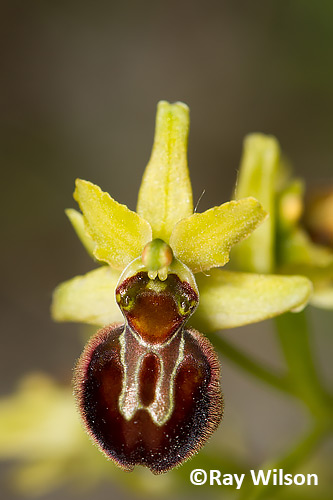
Early Spider Orchid (Ophrys sphegodes) |
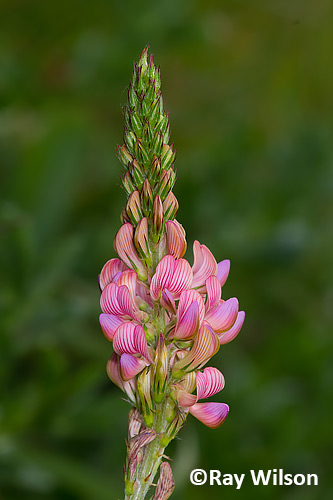
Sainfoin (Onobrychis viciifolia) |
Sainfoin can also be found growing on the Hoe. This plant was originally introduced to Britain as a fodder crop in the 17th century and is fairly common throughout much of southern and central England on chalk grasslands.
Ray Wilson owns the copyright of all images on this site.
They may not be used or copied in any form without prior written permission.
raywilsonphotography@googlemail.com